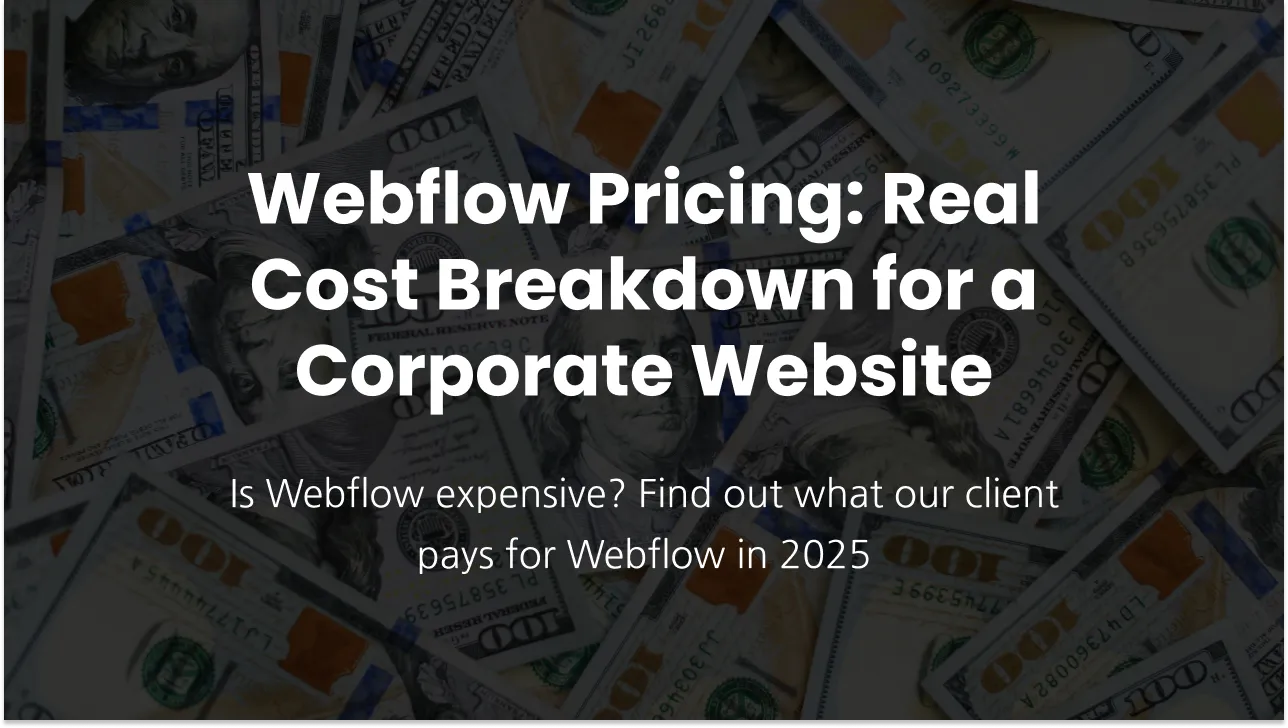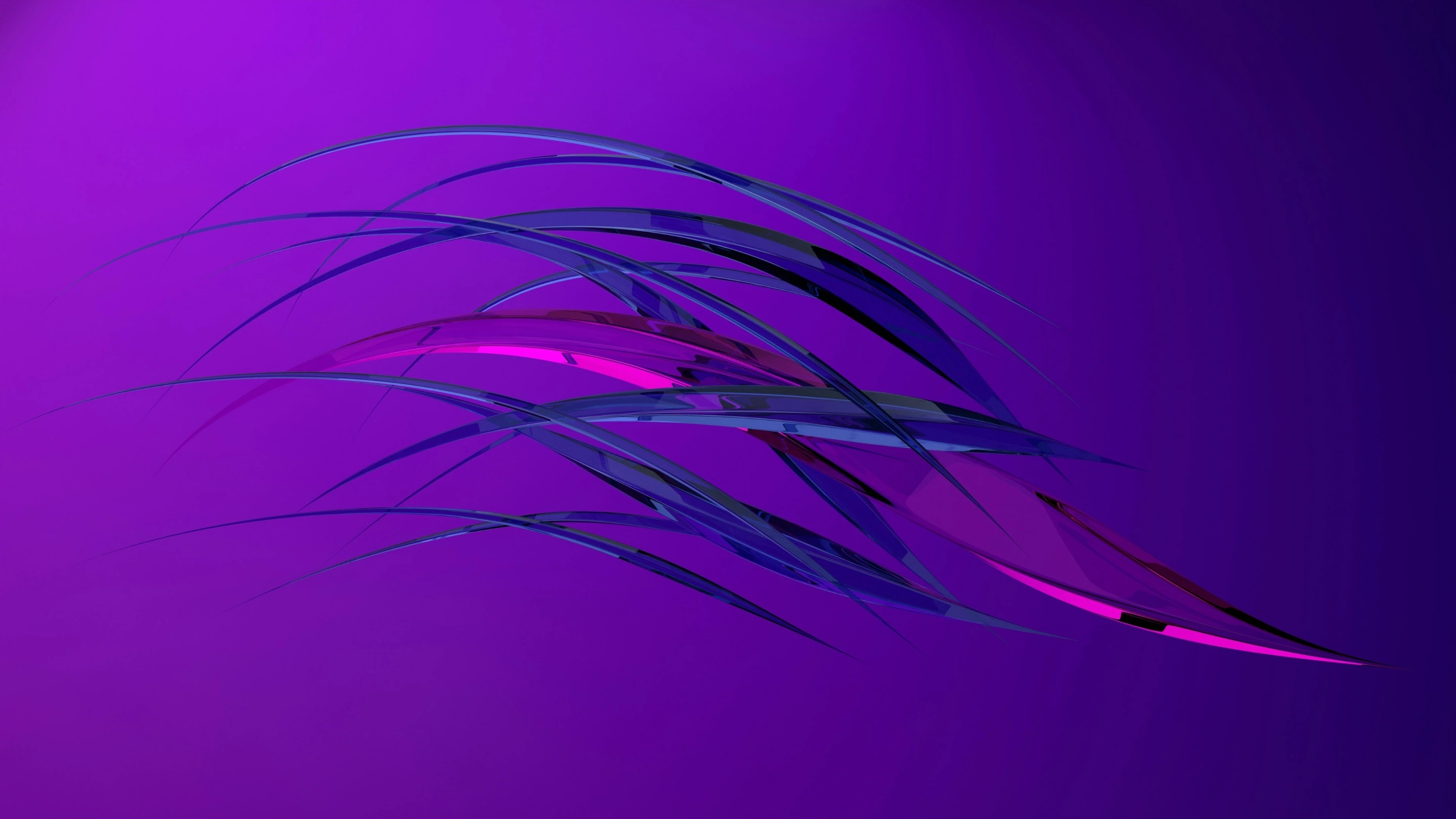Leverage OpenGraph in Webflow to Maximize Your Social Media Impact
How to set up OpenGraph in Webflow
OpenGraph is a technology standard introduced by Facebook to improve the integration between websites and social media platforms. It allows web developers to control how content appears when shared on social media by specifying metadata in the HTML of their pages. This metadata can include the title, type, URL, image, site name, and description of the page. When a page equipped with OpenGraph tags is shared on social media, the platform can read this metadata and display a rich object (often called a "card") with a more engaging and informative preview than a simple link.

In Webflow, you can customize OpenGraph settings for each page to specify the title, description, and image URL. These can be individually tailored or aligned with the page's SEO Title Tag and SEO Meta Description for consistency.

The image used for OpenGraph must meet specific criteria: it should be at least 1200px by 630px with a 1.91:1 aspect ratio. This size guarantees optimal image presentation when the page is shared.
On static pages you need to input image url to associate it with the OpenGraph. To get the URL you need to upload the image to your website's assets, although images hosted externally can also be used, provided you have a direct URL.
For dynamic pages, such as blog posts or other template pages, the OpenGraph image can be selected from associated images. This flexibility allows you to choose the most appropriate image, whether it's the Main Image, Thumbnail Image, or another relevant image from linked collections. The image used for OpenGraph doesn’t have to be displayed on the page. It can be completely custom image that is only used for OpenGraph purposes. This ensures that each piece of content is presented optimally when shared on social media.


Where OpenGraph images are used?
OpenGraph images are prominently featured in several key areas when content is shared or linked across social media platforms and messaging apps, as well as in search engine results that support rich snippets. Here's where you can typically see OpenGraph images:
- Social Media Platforms: When a link is shared on platforms like Facebook, LinkedIn, Twitter (though Twitter primarily uses Twitter Cards, it can fall back on OpenGraph tags), and Pinterest, the OpenGraph image is used to create a visual preview of the content. This helps in attracting attention and providing context to the shared link.
- Messaging Apps: Apps like WhatsApp, Messenger, and Telegram display previews of links shared in chats or groups, using the OpenGraph image to enhance the visual appeal and provide immediate context about the link's content.
- Other Websites and Apps: Websites or apps that embed or curate content from various sources might use OpenGraph tags to generate previews of articles, posts, or pages. This includes news aggregators, content management systems (CMS), and personalized feed applications.

What happens if OpenGraph image is not set?
If an OpenGraph (OG) image is not set for a webpage, social media platforms and other services that rely on OG tags for generating link previews will react in a few different ways, depending on their specific algorithms and fallback mechanisms:
- Automatic Image Selection: Some platforms will automatically scan the webpage for any images and select one to display as a preview. This automated process might not always choose the most relevant or best-quality image, which could result in a less appealing or irrelevant preview.
- Default to Other Meta Tags: If no suitable image is found, or if the platform's algorithm decides not to select an image, it might default to other meta tags such as the title and description. In this case, the link preview might only include text without any visual elements.
- Use of Platform-Specific Defaults: In the absence of an OG image, some platforms might use a default placeholder image or icon that indicates a link is attached. This generic preview lacks the visual impact of a custom OG image and may reduce the likelihood of user engagement.
- No Preview: In some cases, particularly if the page lacks sufficient metadata and the platform does not employ fallbacks effectively, there might be no preview at all. The shared link could appear as a simple URL, which is far less engaging to users compared to a rich preview with images and text.
Why do you need to add an OpenGraph?
OpenGraph (OG) tags, especially images, play a significant role in influencing engagement metrics such as click-through rates (CTRs), shares, and likes on social media platforms. Here's how they impact these metrics:
Visual Appeal and First Impressions
- Images Capture Attention: Visual content is more likely to catch a user's eye as they scroll through a feed. An engaging OpenGraph image makes the shared content stand out, increasing the likelihood that users will stop and take a closer look.
- First Impressions Matter: The OG image often serves as the first impression of the content. A high-quality, relevant image can pique interest and make users more inclined to engage with the post by clicking, liking, or sharing.
Relevance and Context
- Conveys Content's Essence: A well-chosen OG image can convey the essence of the article, video, or website page it represents, providing context at a glance. This immediate understanding of what the content entails can significantly increase the click-through rate, as users are more likely to interact with content that matches their interests.
- Brand Recognition: Consistent use of branding or visual themes in OG images can reinforce brand recognition. When users recognize the brand associated with the content, they're more likely to engage with it based on previous positive experiences.
Optimization for Different Platforms
- Platform-Specific Dimensions: Different social media platforms have varying optimal dimensions for preview images. By customizing the OG image to fit these specifications, you ensure that the image is displayed correctly across platforms, avoiding awkward cropping that can detract from its effectiveness.
- Adaptation to Platform Algorithms: Platforms may prioritize content with complete metadata, including OG tags. Well-optimized tags can make content more favorable to algorithms, potentially increasing its visibility and engagement.
Increased Shareability
- Encourages Sharing: Content with appealing, relevant images is more likely to be shared. Shares not only increase visibility but also serve as endorsements of the content, often leading to further engagement in the form of likes, comments, and additional shares.
- Network Effects: Each share exposes content to a new network of users, amplifying its reach. The cumulative effect of increased visibility can significantly impact engagement metrics, driving up likes, comments, and further shares.
Influence on Click-Through Rates (CTRs)
- Enhanced Click-Worthiness: An engaging OG image, coupled with compelling title and description tags, makes a link more "click-worthy." This can directly influence CTR, as users are more likely to click on a link that visually promises value or interest.
- A/B Testing: By experimenting with different OG images and measuring their impact on engagement metrics, content creators and marketers can identify what types of images resonate best with their target audience, further optimizing CTR and overall engagement.
In summary, OpenGraph tags, particularly images, are crucial for enhancing social media engagement metrics. They improve the visual appeal, convey relevance, ensure cross-platform optimization, increase shareability, and directly influence click-through rates. By carefully selecting and optimizing these tags, content creators and marketers can significantly enhance the social media presence and engagement of their content.








